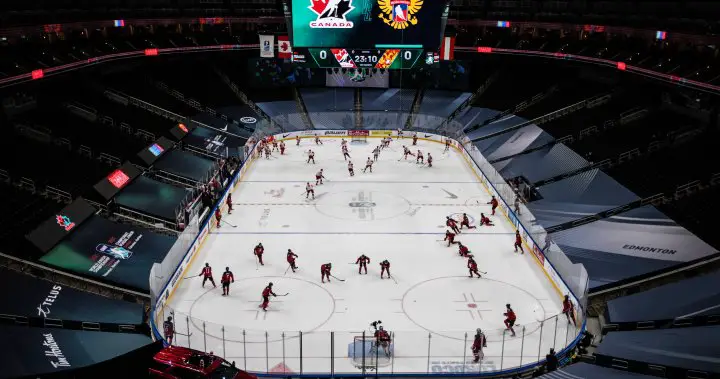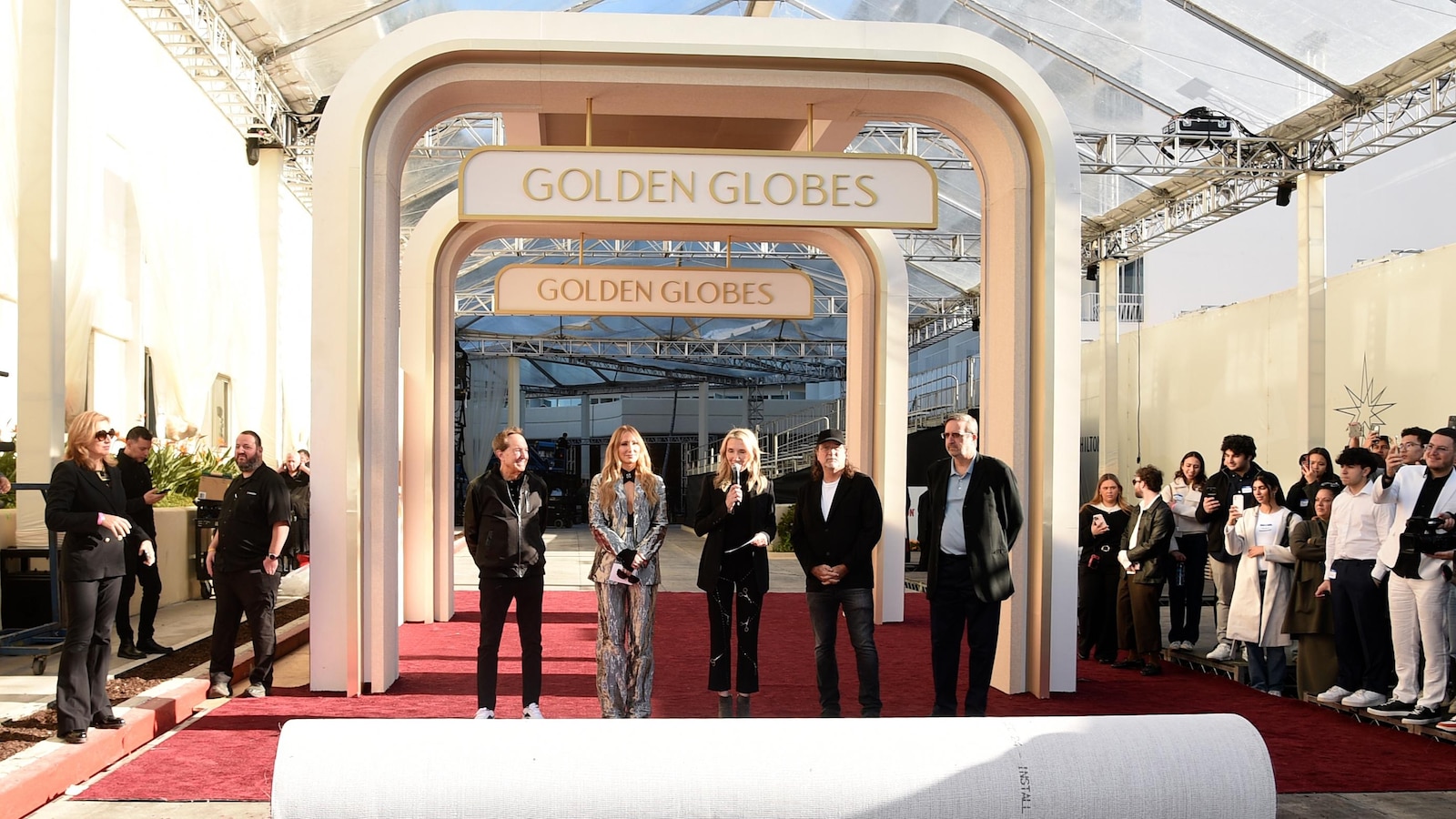When I was planning a recent journey back to Riga, its food filled my thoughts more than anything else. I kept picturing the Latvian capital’s cafes, bistros and moody beer bars. Such longing was evidence, to me at least, that I was coming back to a city that knows how to feed people and with memorable flavours: smoked sprats, black pudding sausages, quince lemonade, cloudberry jam, pickled garlic, herby butters and bitter balsams tasting of liquorice.
As anticipation began to build, a question crossed my mind: why are some countries revered for their food while others are not? The cuisine of the Baltics, rich with variety and imagination, can often rival that of the nearby Nordic countries yet it is rarely held in the same esteem.
I first visited the Baltic trio of Estonia, Latvia and Lithuania, in early 2020, just before the world shut down with the pandemic. Though some of the restaurants I discovered then haven’t survived, I remember the dishes and flavours as vividly as the smell of pine forests and the sight of the last of the winter’s snow glittering on sand and driftwood.
In Pärnu, Estonia, I ate snow-white fillets of pikeperch caught in Pärnu Bay, baked with butter and capers in the city’s restaurants (my favourite spot, Mahedik, has closed but I hear good things about Hea Maa). In Palanga, Lithuania, I ate halibut with sunflower seeds and fennel, and steak with cedar nuts and honey at the great Restoranas 4 (also sadly closed) where chefs showcased what local people have been good at for centuries – pickling, fishing, fermenting, foraging and berry collecting.
The sea buckthorn cheesecake I ate in the Latvian port city of Liepāja at Boulangerie Liepāja (still open!) was a revelation: whole berries set in jelly on top, their sharpness slicing through the full-fat cream cheese.
But it is at the markets that you best get a sense of Baltic flavours and traditions, and one of the best is Riga Central Market, which showcases the Baltic’s natural larder.
Inside one of the markets’ five giant hangars, built during the first world war, I passed richly stocked lanes of gilded-looking fish: Riga’s famous sprats in tins and jars. There were other fish with fantastic names that I knew little about: bitterling, tench, butterfish, garfish, pipefish, lumpfish. In repurposed tubs, scaly and strong-smelling dried fish sat upright and rigid, their silvery-brown heads poking above the plastic. Another stall showcased white honey brandy that had been fermented in copper pots and “filtered through forest moss”.
The pages of my notebook began to fill up with words that reflected the landscape: Baltic shrimp, lingonberry jam, Baltic herring, birch syrup, fermented kvass, wild cherry leaves, crayfish, fruit wines, hemp butter, blueberry soup.
And I spotted something I had not noticed at such monster-sized markets elsewhere: handwritten name placards for the pickle vendors – proof of the deeply personal within a huge collective and public space. This made it easier to start up a conversation with Mariya Karavacka, who plunged happily into her subject. Born in Yekaterinburg, Russia, and married to a Latvian, she said her son helps her to grow and pickle cucumbers, tomatoes and carrots, and they work together as hunter-gatherers of their garden just outside the city and the dark forests beyond – where nature changes constantly through the clearly defined seasons of the Baltics.
“Here, try this,” Mariya said, handing me a midget bullet-shaped carrot.
Biting into it, the carrot was crunchy and sweet but soon after came a hot-sour wham at the back of the throat. Looking down into the tub from where this fiery slug had come, I saw dozens of tiny red chillies and black peppercorns bobbing in the brine. Each of Mariya’s pickle jars had a handwritten label showing the date it was sealed and advising the temperature it should be stored at.
What these pickle vendors are offering for little more than a few coins is a piece of their world, their spirit of place, their history. What could be finer than that?
At home, I sometimes try to recreate a pudding that I ate and then thought about for days afterwards. I had eaten it at a restaurant in Rīga’s Old Town called Milda, a rare place that manages to be both very good and unashamedly touristy.
after newsletter promotion
Milda’s Baltic menu includes many interesting dishes. A classic starter is called grey peas. The colour of marbled slate, combined with punchy things to ginger them up – that is, onion, salt and tiny cubes of heavily smoked bacon. A mackerel tartare with blueberries and beetroot might be next, followed by a version of sausage and mash – Latvian black pudding with sauerkraut, fried potatoes and sour cream. But the best thing arrives last: bread soaked in dark beer with dried fruit, spices (cinnamon heady and dominant) and honey, topped with a cloud of cream and a scattering of berries. In Latvia it is called rupjmaizes kārtojums. Served in a glass ramekin, it was like trifle crossed with a Christmas pudding and once I had tasted it I could not shake its rich fruity flavour from my mind.
Nowadays in Baltic cities, chefs are only slightly swayed by global fads and are busy celebrating their own cuisines while overturning lingering outdated ideas about what their regional food is (any Soviet greyness has long been thrown off). And while dining out is not an obsession, there are plenty of excellent places to eat just like Milda, where the menu authoritatively speaks of the local land and the sea.
Spring is an especially good time to be in the Baltics. So easy is it to swap the cobbles of Riga for the beach, to rent a bicycle and to go cycling along railway tracks, past apple trees and oaks, and onwards to the spa resort town of Jūrmala, with its wooden mansions – all towers, coloured-glass verandas and decorative trusses. I remember pedalling over wet glittery-grey sand, right up to the waves while imagining how in birch forests in early spring Latvians would be out tapping the thin white trees. Their aim is to bottle the nutrients stored in their roots that each spring filter up through their trunks, carried by the rising sap, like magic.
Adapted from Cold Kitchen (Bloomsbury, £18.99) by Caroline Eden. To support the Guardian and the Observer, order a copy from guardianbookshop.com. Delivery charges may apply






